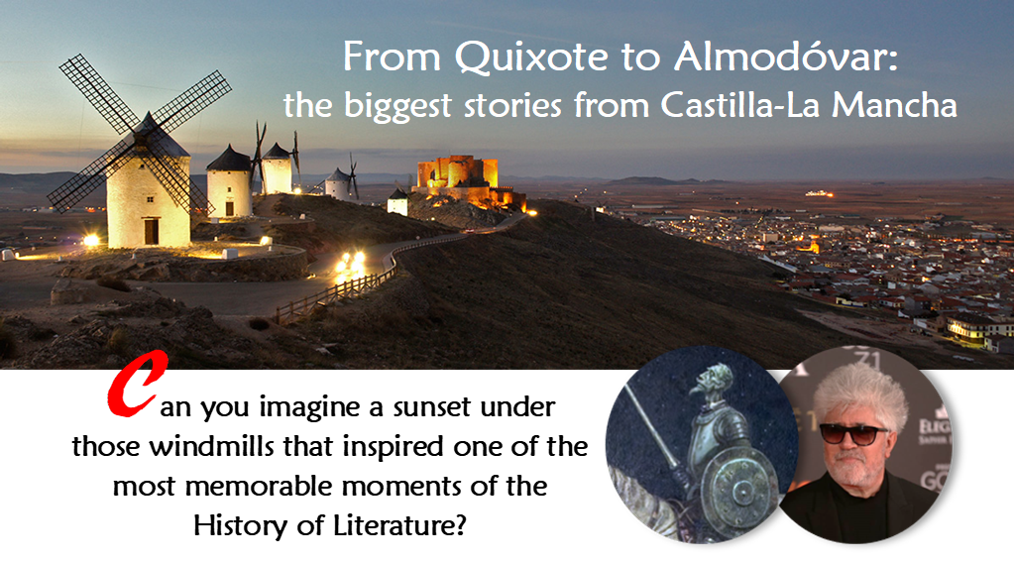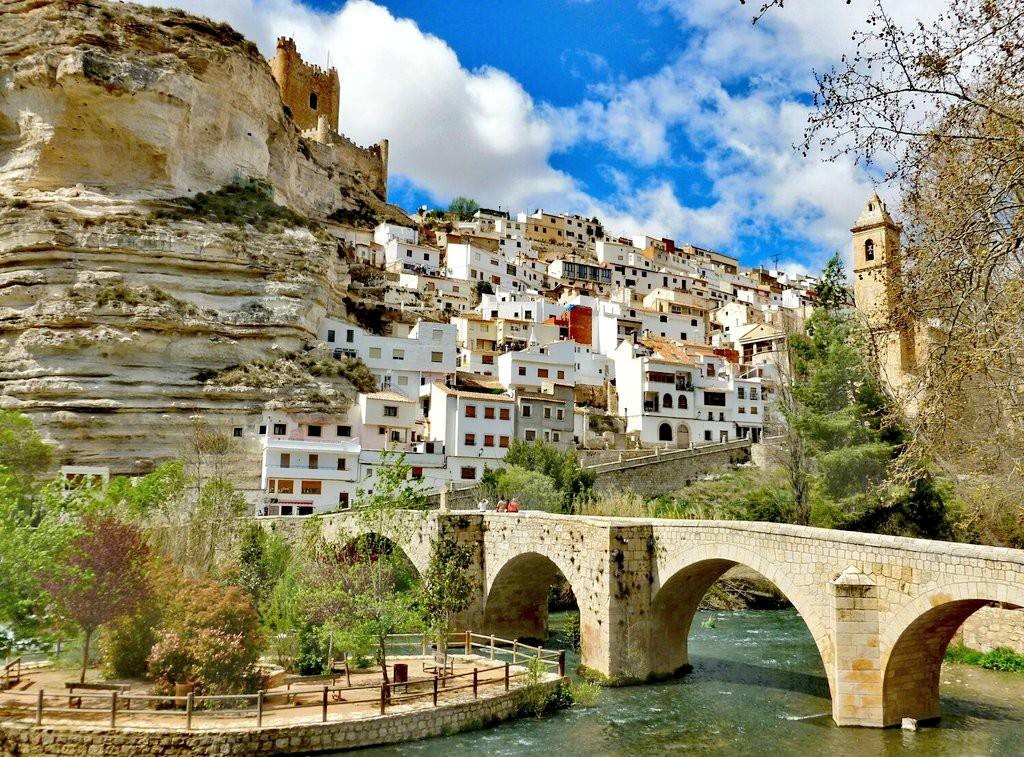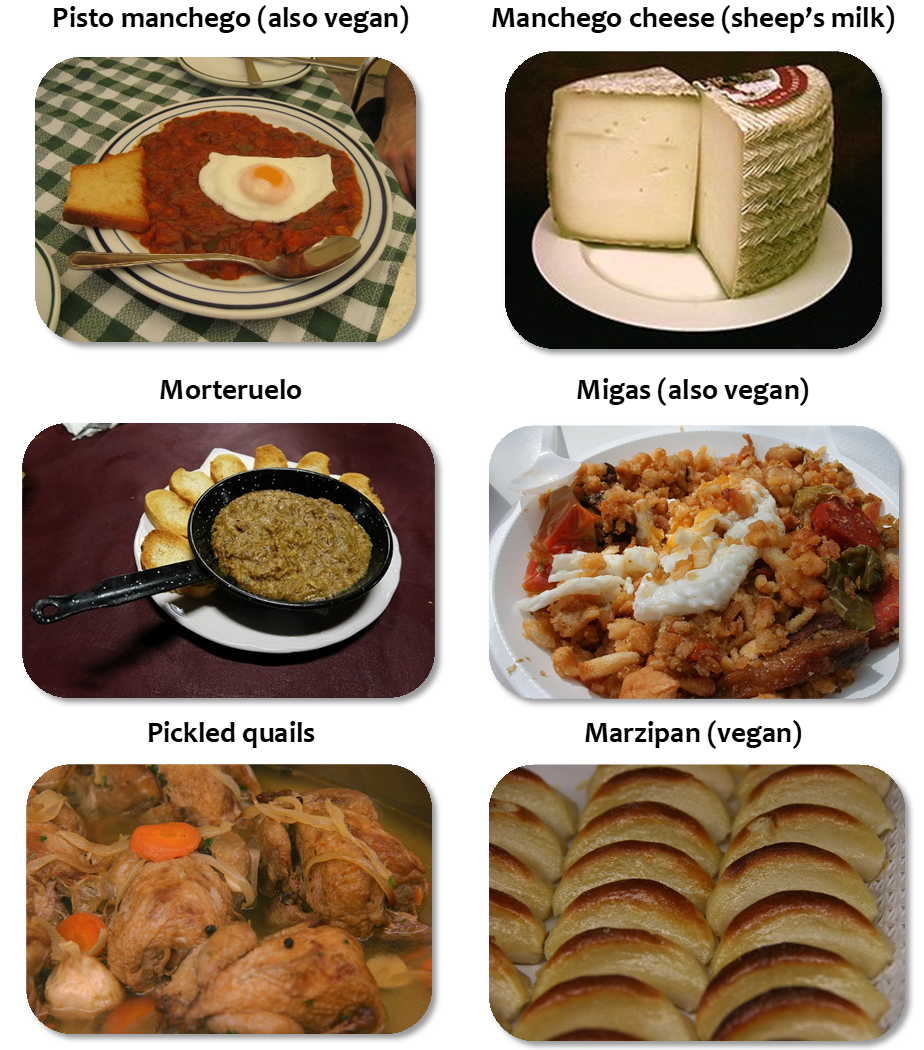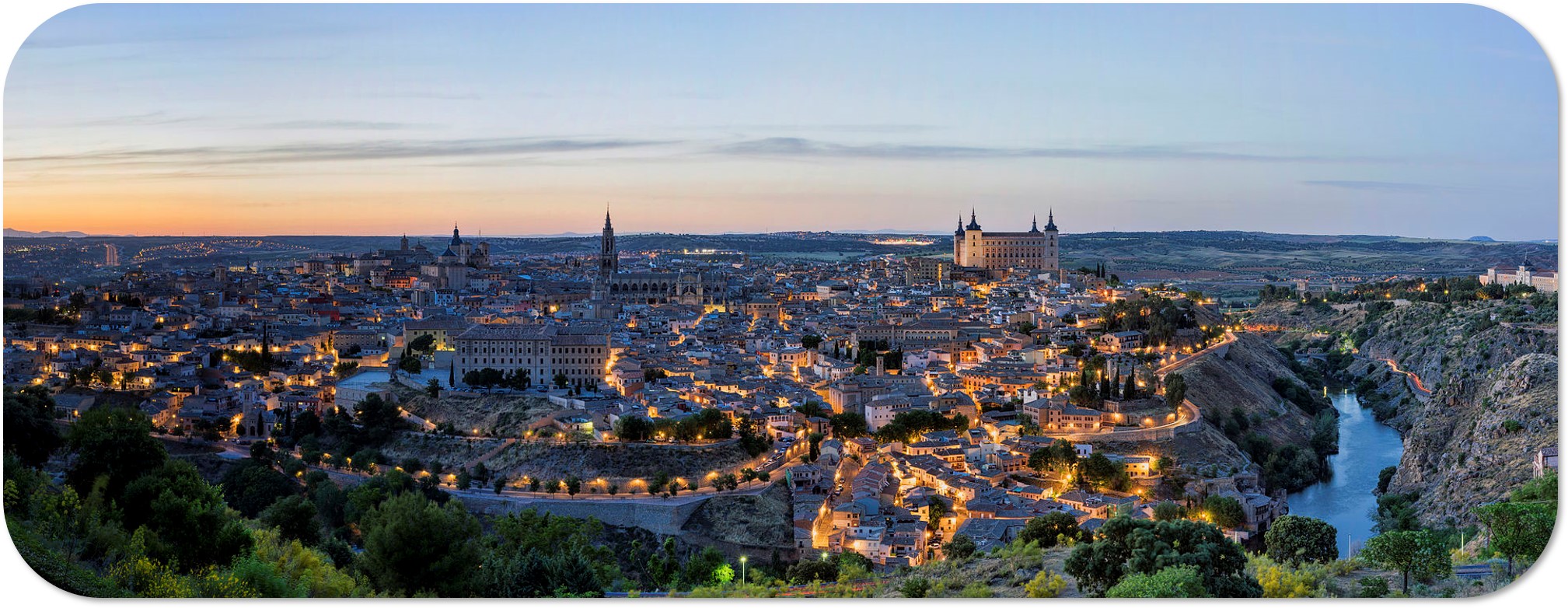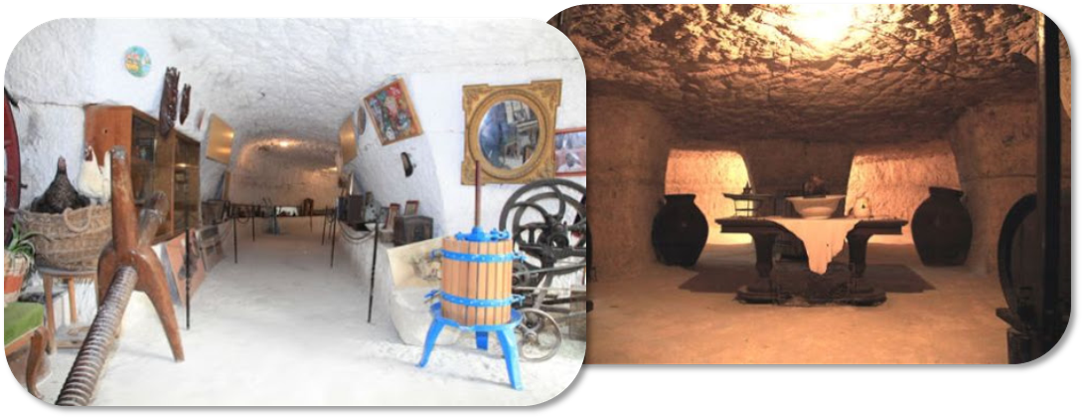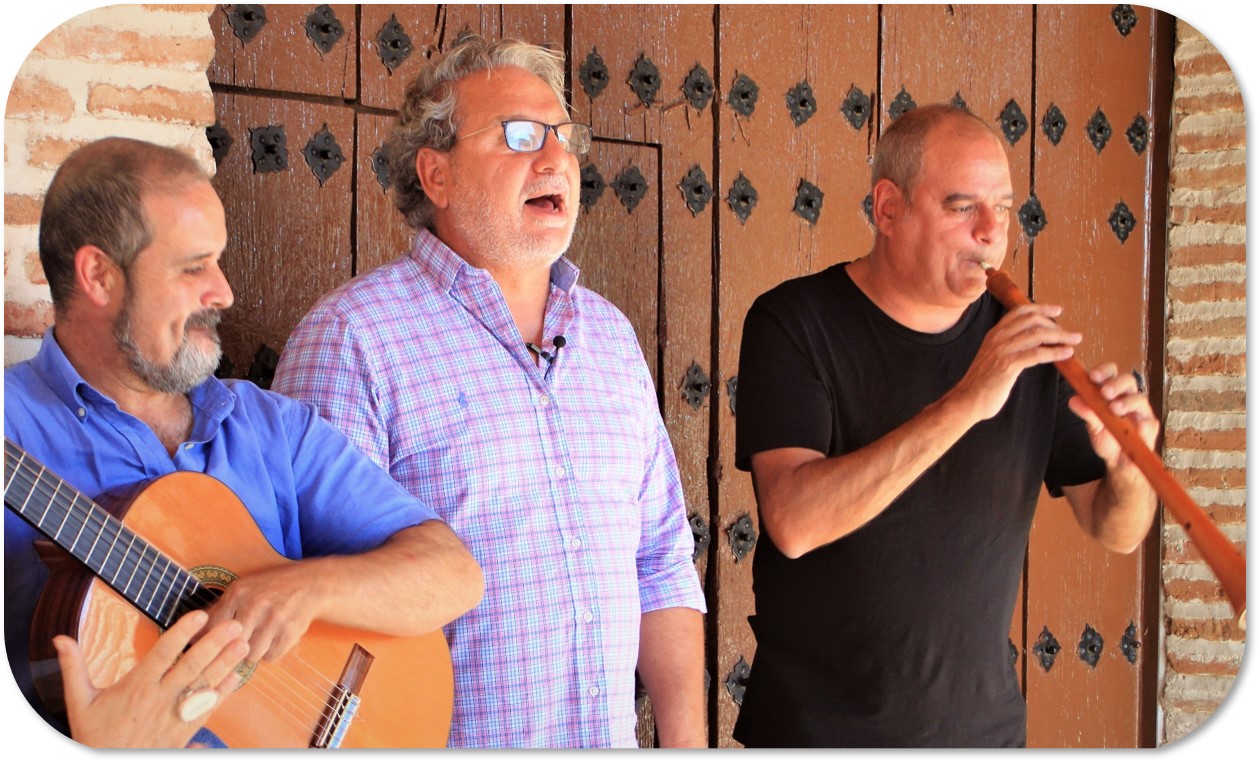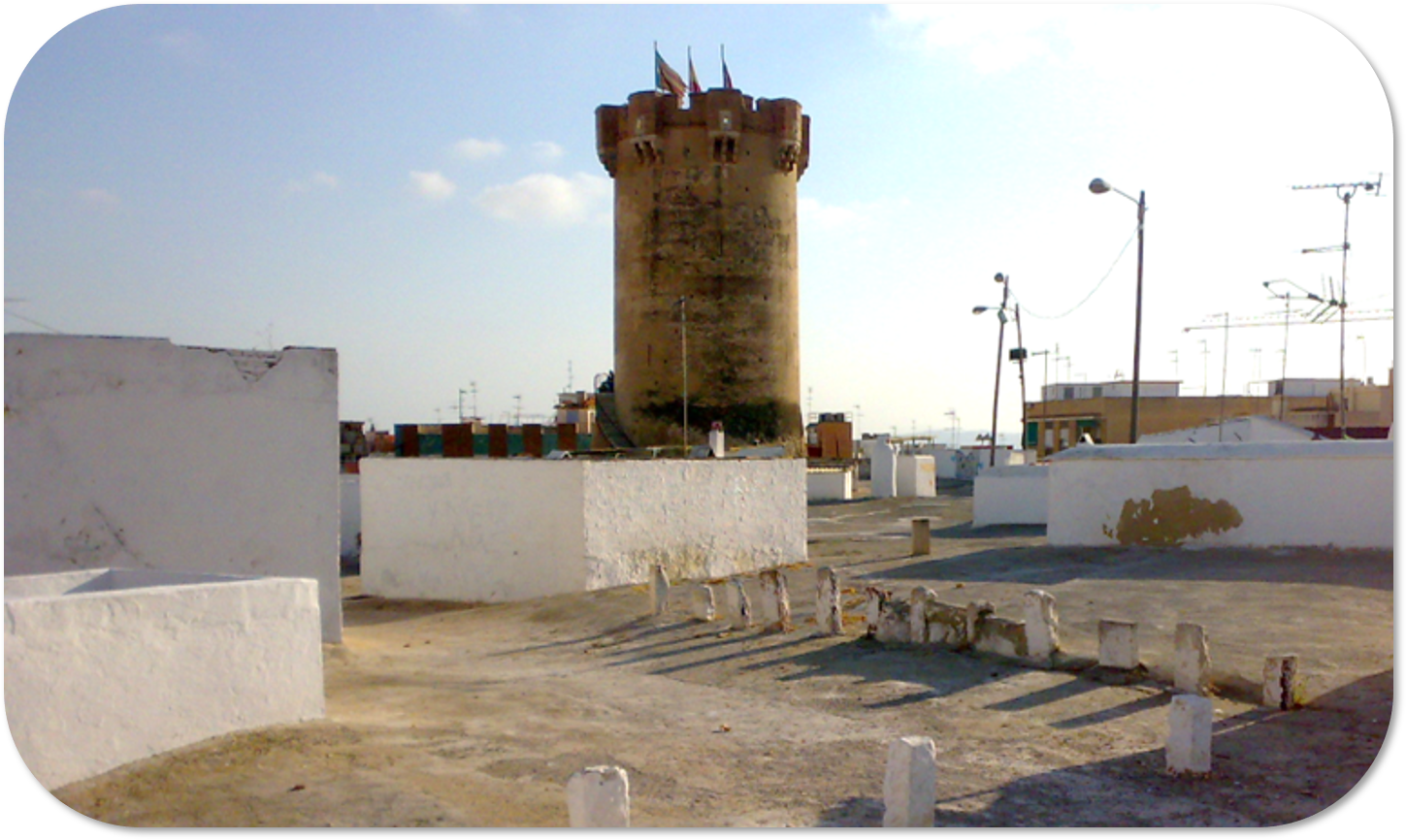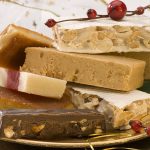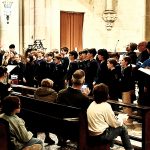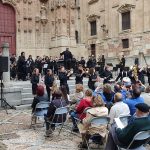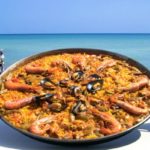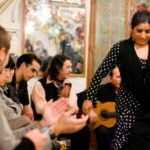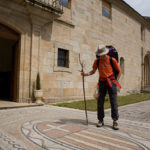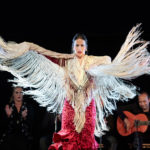Don Quixote of La Mancha is the most translated book after the Bible. What is going on in this region? A land, not only capable of producing such milestone of the History of the art, but also being the cradle of one of the filmmakers who have marked an era.
No more guessing: just come and check it out by yourself.
An overview:
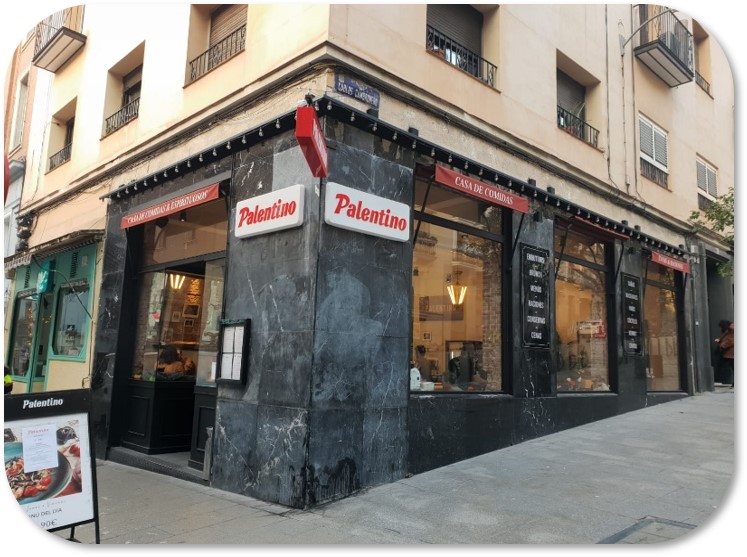 This experience can be adapted to your needs. Let us explain a possible plan from Tuesday to Sunday and let’s talk to design your exclusive plan.
This experience can be adapted to your needs. Let us explain a possible plan from Tuesday to Sunday and let’s talk to design your exclusive plan.
Our journey follows the footsteps of these two amazing creatives in some of the most significant places in their lifes and their inspirations. Landing in Madrid allows us to start at the “Madrid de la Movida”, at the landmarks that, in the 80s, created the breeding ground for the irreverent beginnings of Almodóvar. El Palentino is just one of the many referential bars from the time of the Movida at downtown.
Following the steps of Cervantes in the capital, we will discover where Quixote left his print for the first time.
In Castilla-La Mancha, we will face the famous giant-mills. Maybe we will see their blades gradually become menacing arms… We will calm them down with music!
Next step: the homeland of the filmmaker, Calzada de Calatrava, with that “mancheguity” that is so present in his work.
The amazing nature of Castilla-La Mancha is quite unknown and quite unique. In many spots, water becomes the protagonist, and it will be the common thread to discover surprising places of symbiosis between the human being and the earth. Alcalá del Júcar is a jewel, a village excavated in the mountain and crossed by the fresh water of the Júcar river. Alcalá still remains largely unknown, even for the Spaniards.
After that, we will sleep on Valencian soil. The music of “cant d’estil” and other traditional styles will lull us, to culminate in Paterna, where the cave houses will immerse us in the universe of “Pain and Glory”, the last movie by Almodóvar.
What do we eat in Castilla-La Mancha?
You will not be surprised if I tell you that in Castilla-La Mancha food is outstanding: it happens all over Spain. The quality of the ingredients make quite easy to make a delicacy of any dish. So, what are the typical recipes in Castilla-La Mancha? Just a few examples:
Day by day
Arrival, Tuesday:
Early dinner and visit Madrid de la Movida. There are some places especially associated with the Movida and we will opt for Malasaña and the La Vía Láctea bar, where a DJ will make a special session for us with the referential songs of that time.
Apart from being nowadays a fancy quarter, it is a place of historical relevance: before the DJ session, we’ll learn what happened in the square of Dos de Mayo (May 2nd), a date marked by fire in the memory of the madrileños, as a symbol of their bravery and indomitability.
During Wednesday, in Madrid:
- Walk through the Barrio de las Letras (the quarter of the literature), where the remains of Cervantes were found, and that keeps the flavor of the city at the time of his life.
- Did you know Cervantes was in love with theatre since he was a young boy? The notoriety of his novel left his work as a playwright in the background but, at his time, he competed with Lope de Vega, other of the milestones of Spanish literature. We will attend an exclusive show: theatre of the Golden Age. Where? At the Quixote printing press!!!
- After a dinner with Madrilenian specialties, the program for this night can be fixed according to the needs of the clients, to include a concert or show. If you want a flamenco show tonight, it will be arranged for you.
What do we eat in Madrid?
At the capital city you can find dishes from all over the country and, of course, salads with fresh vegetables and jamón are common all over the country. But Madrid has also some hits of the cuisine. Just a few examples:
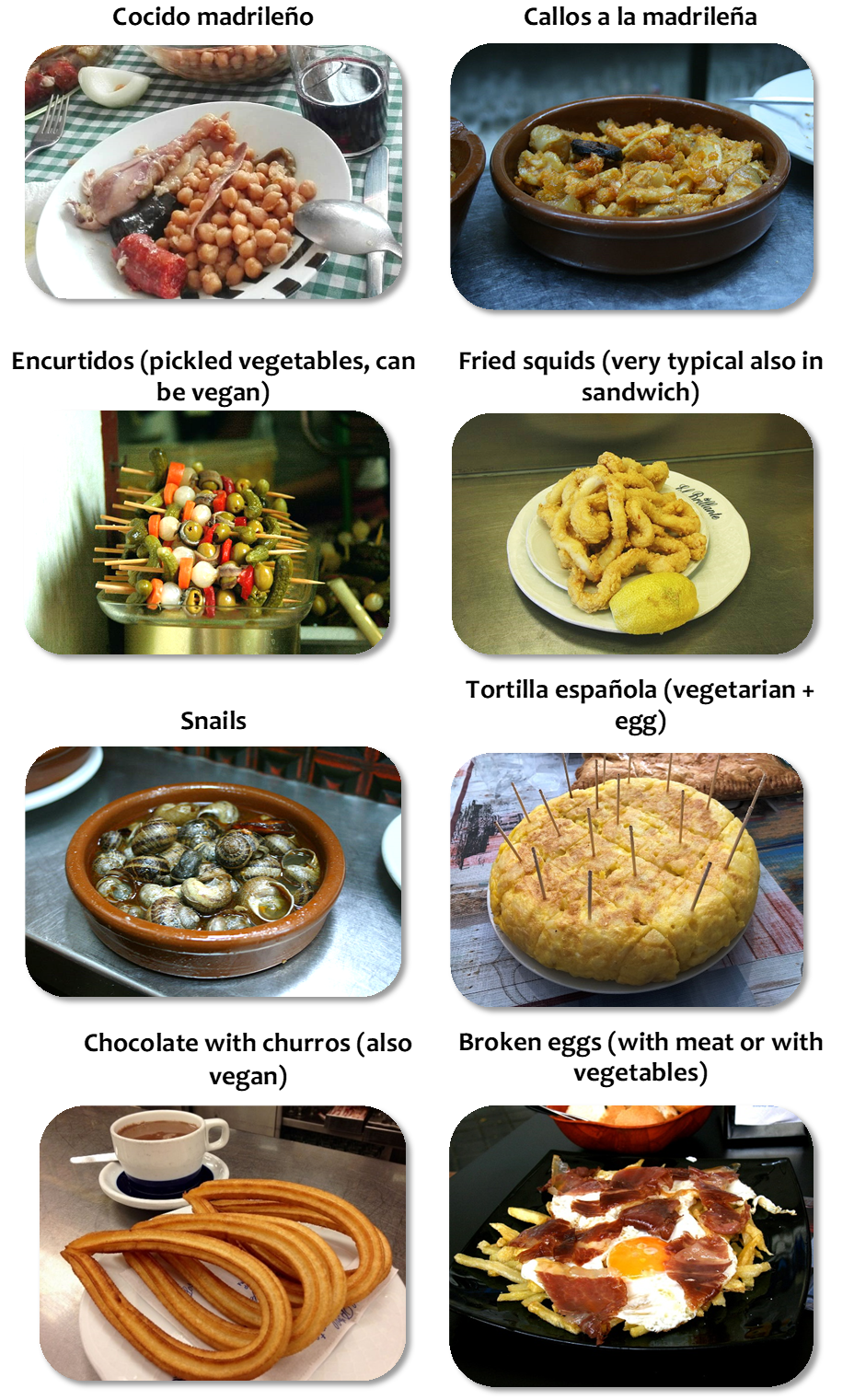 Thursday, travel to:
Thursday, travel to:
- As we travel, there will be a brief explanation about the music from this land. At the Santa Cruz Museum, that keeps the banner of the battle of Lepanto, in which Cervantes was wounded, he will receive us and will give us a bottle of balsam of Fierabrás, the magic potion capable of healing any illness, according to Don Quixote. A little stroll in the old city will follow, full of cute corners and known as the little Jerusalem in the West.
- At the feet of the historic windmills, we will face their fury reading the passage of the novel. We will discover their secrets, entering in one of them and learning about their functioning.
- Dinner at an exclusive venue and concert for our group, by Vigüela, the most acknowledge band from Castilla-La Mancha, with more than 30 years of career. Do you want to learn how to dance jota? The artists will teach you!
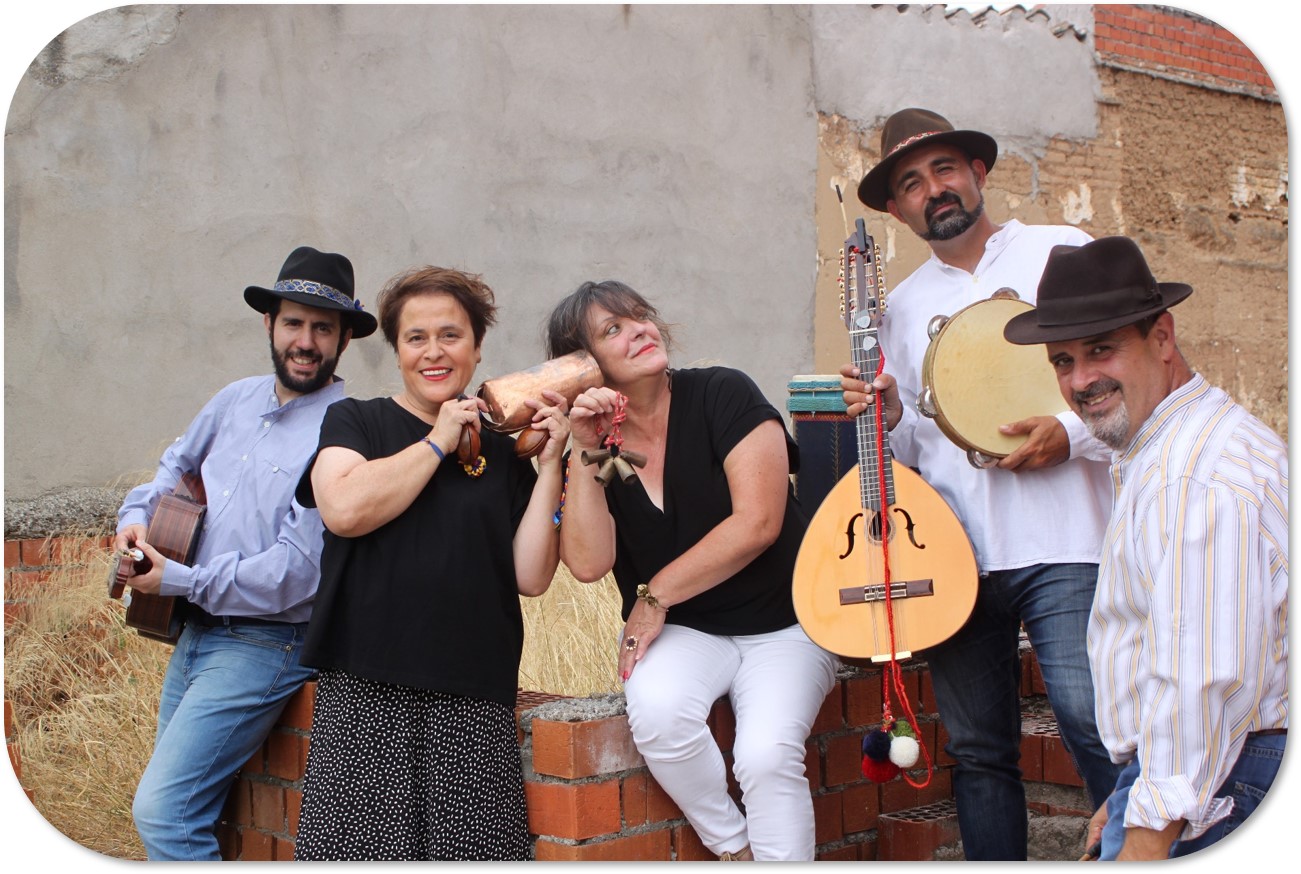
Friday:
- Calzada de Calatrava, where Almodóvar was born. How do you think that is the house of his childhood? Let’s see if your imagination matches reality.
- Nice walk and swim at Ruidera lagoons, a landscape of limestone that will evoke us the prehistoric time.
- Folk dance and rituals keep alive the ancient pagan beliefs of the locals. We will share them in an exhibition of a folk dance/ritual, such as Ossa de Montiel’s dance: https://www.youtube.com/watch?v=3iiOX9rXLlM. Followed by a dinner of traditional recipes.
Saturday:
- Alcalá del Júcar, one of the most incredible towns in Spain. The cave-houses are carved in the mountain that the erosion by the river Júcar has sculpted. The Cave of the Devil (http://cuevasdeldiablo.com/), one of the most impressive ones, comprises 750 square meters in the heart of the rock. These pictures are inside the cave:
- Dinner in Paterna or nearby with Valencian music concert: the traditional music from Valencia is the cant d’estil and other styles, like malagueña, petenera, seguidilla…Do you want to become the topic of a song? Cant d’estil is mostly improvised!! Tell the artists a bit about you and they will dedicate you a couplet.
Sunday:
Visit to Paterna and the area of the silos, where the last movie by Almodóvar, the thrilling Pain and Glory, was shooted.
And goodbye. Flight from Valencia. If someone wants to stay longer and see Valencia, we can organize it for them at an extra price.
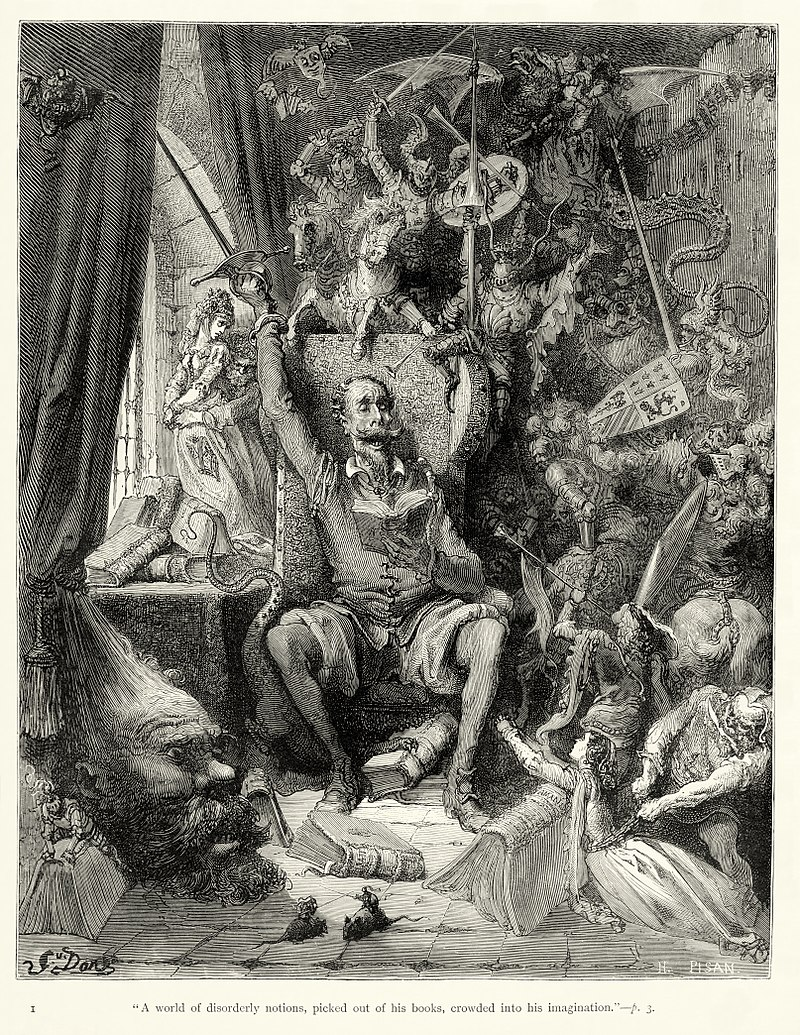
Let’s talk:
- Contact us: info@spainismusic.com; +34 695 13 43 45 & +34 676 30 28 82
- Find us on Facebook and Twitter. Like Spain is Music on Facebook, Twitter and Instagram for news, photos and more
- Web: storiesclm.com & www.spainismusic.com
Credits:
Credits (all pictures from Wikipedia, except El Palentino, Alcalá del Júcar, cocido, artists and caves): Quijote (Viktor Malinovskiy), Pedro Almodóvar (Ruben Ortega), Consuegra (DavidDaguerro), El Palentino (own work), Alcalá del Júcar (by the city council), Paterna (Sal34), pisto (Boca Dorada), manchego cheese (Zerohund), morteruelo (Malopez 21), migas (Juan Fernández), quails (Tamorlan), Cocido madrileño (Juan Antonio Vázquez), callos (Tamorlan), pickled vegetables (Tamorlan), squids (Tamorlan), snails (Tamorlan), tortilla (Amasuela – Luis Lafuente Agudín), churros (LWY), broken eggs (Tamorlan), Toledo (Chensiyuan), caves (official website of Cuevas del Diablo), Vigüela and Apa (own work).
Quixote by Gustavo Doré is public domain.

